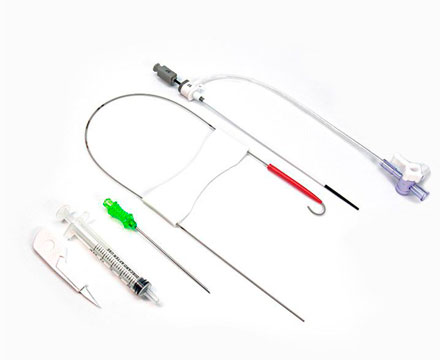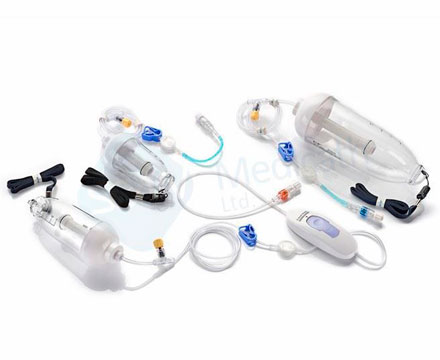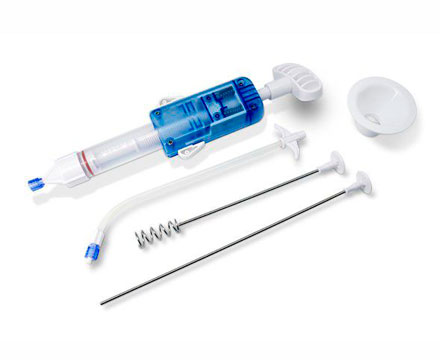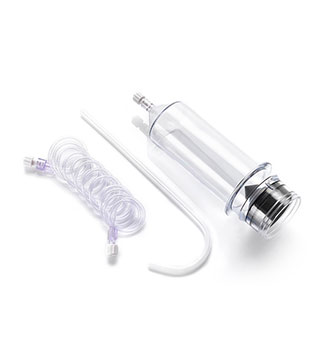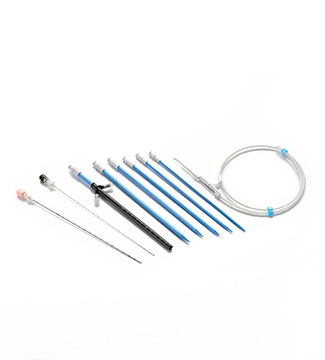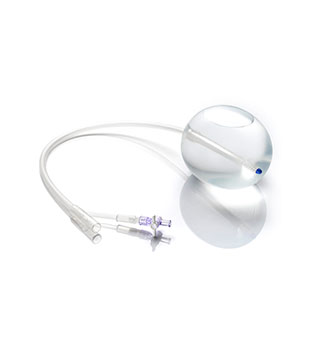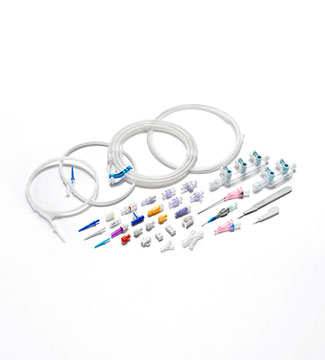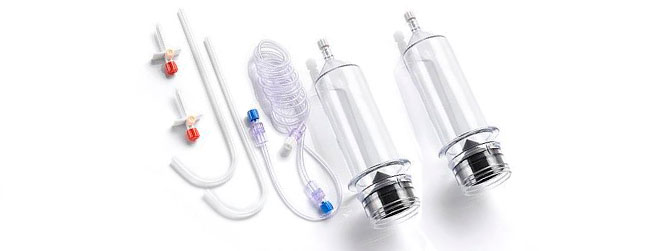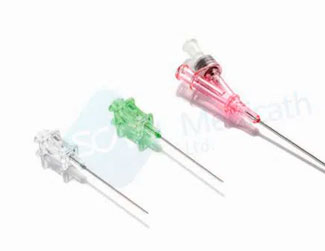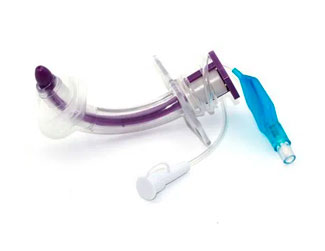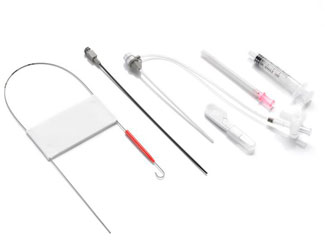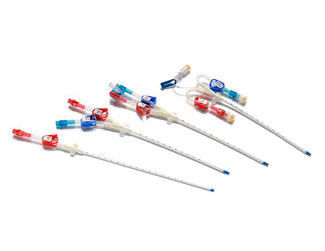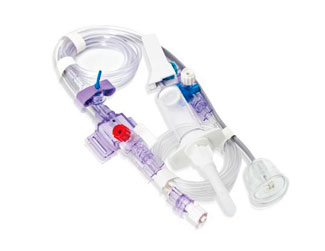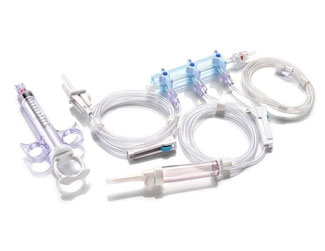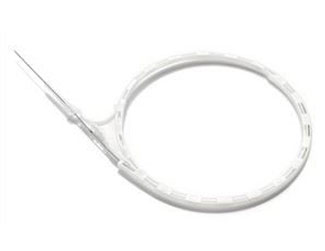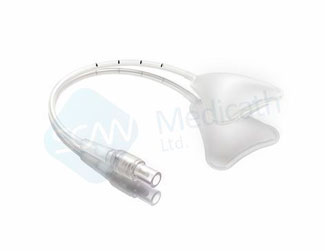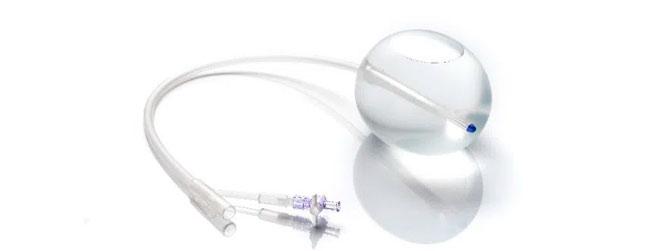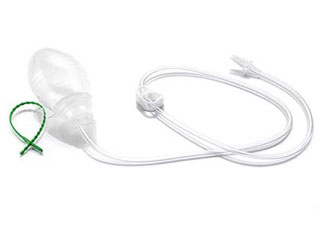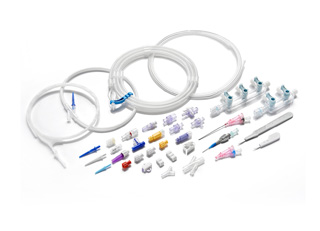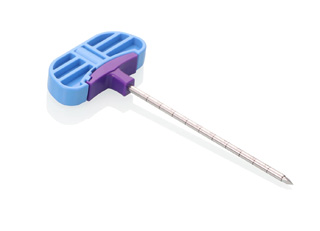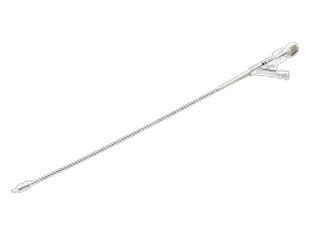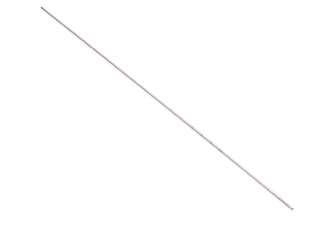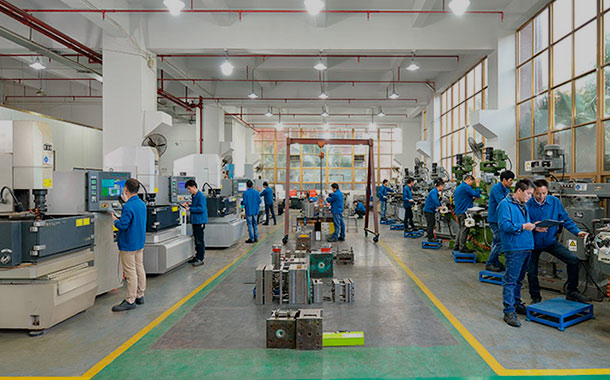Guiding Catheter Materials and Performance for Medical Intervention
The three pillars of contemporary clinical medicine are interventional therapy, surgery, and internal medicine. Interventional therapy is a new technology that specializes in the diagnosis and treatment of cardiovascular diseases through extracorporeal catheterization. It involves puncturing the skin with a diameter of a few millimeters without exposing the lesion and using medical supplies to guide the catheter through the body's own channels. With the help of contrast agents, the position of vascular stenosis can be displayed and the lesion can be treated under the guidance of imaging equipment. Unlike traditional drug therapy and open-heart surgery, this technique combines the advantages of high efficacy, minimal trauma, low risk, and low incidence of complications, and represents the development direction of cardiovascular disease treatment.
Introduction to medical supplies guide catheter
In interventional therapy, the medical supplies guide catheter is the channel through which various interventional instruments are delivered. It also has the functions of support, intraoperative pressure monitoring, and drug administration, which are the foundation and key to the success of interventional therapy. Medical guide catheters play the most important role in establishing channels for interventional therapy and are an indispensable link in the process.
Medical guide catheters consist of an outer layer, a middle layer, and an inner layer. The outer layer directly contacts the vascular intima, and its material determines the shape, hardness, and friction between the guide catheter and the vascular intima. The middle layer determines the properties of anti-breakage, anti-torsion, compliance, and elasticity. It is a mesh structure woven of braided wires. Different weaving methods determine the different product properties (such as some products have good compliance but poor elasticity, some products have good elasticity but poor anti-torsion). Research is needed to guide better selection and use in clinical practice. The inner layer directly contacts the guidewire, balloon, and stent. The selected material should reduce the friction between the guidewire, balloon, stent, and the inner lumen of the catheter and prevent thrombosis.
The medical supplies guide catheter is like a channel that transports guidewires, balloons, and stents during interventional surgery. The inner layer of the guide catheter that directly contacts these instruments must have good stability, minimal friction coefficient, non-stickiness, and oil-free lubricity to reduce the friction between the instruments and the lumen of the catheter, avoid thrombosis to the greatest extent and promote flexibility. PTFE can meet these requirements well. The outermost layer material of the guide catheter determines its shape, hardness, and friction with the vascular intima. Therefore, the material should be easy to process, light, soft and tough with good elastic recovery and good fatigue resistance. Polyester elastomer and mixed nylon can achieve the above requirements among many high-polymer materials.
The middle layer of the medical catheter is the core part of the entire product. It is a mesh structure woven of braided wires. Its function is to make the catheter have the ability to resist breakage, torsion, and a certain degree of bending and twisting, while also giving it a certain degree of compliance and elasticity.
Testing performance of medical supplies guide catheter
By using a comprehensive performance testing instrument for catheters, the performance of medical guide catheter products from three foreign manufacturers was tested. The test platform simulated the human blood vessel channel with a pipe to create a curvy shape, and the performance of the catheter was tested when it passed through the pipe.
The flexibility of the medical supplies guide catheter is mainly evaluated by its torsional response data. By rotating the tail end of the guide catheter, the rotational force is transmitted to the tip through the catheter, and the time taken for the tip to rotate 360 degrees is used to evaluate the torsional performance of the guide catheter. The less time it takes to transmit the rotary force to the tip, the more flexible the guide catheter is.

 English
English  日本語
日本語  한국어
한국어  français
français  Deutsch
Deutsch  Español
Español  русский
русский  português
português  العربية
العربية  tiếng việt
tiếng việt  ไทย
ไทย  Malay
Malay  हिंदी
हिंदी 
